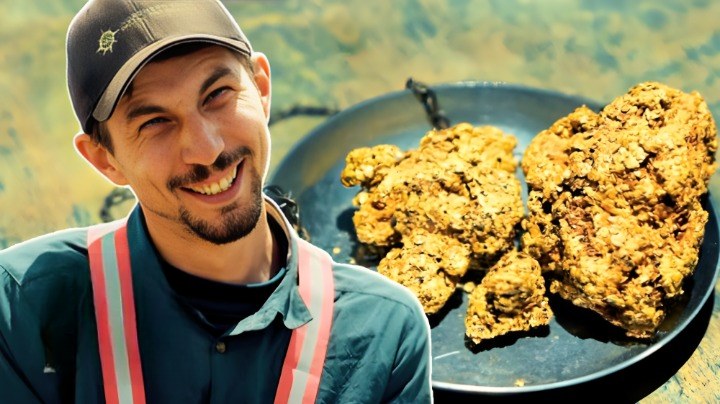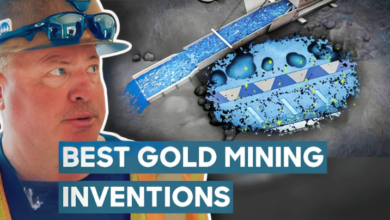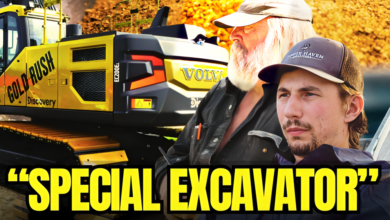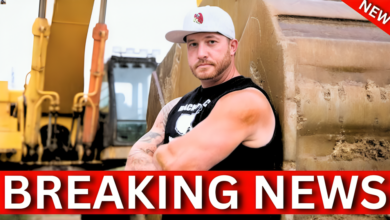
In the rugged terrains of Bolivia’s Golden Eagle Mine, famed gold miner Parker Schnabel and his intrepid crew embarked on a venture that promised much but delivered an unexpected reality. The scene was set for an exhilarating gold weigh-in with the local cooperative, where 32 mine owners eagerly awaited to prove the mine’s profitability. The anticipation was palpable, with Schnabel skeptical of the initial claims that the mine produced only half a kilo of gold monthly.
The team’s first encounter was a journey back in time as they observed the use of a wooden gravimetric gold table, reminiscent of techniques from the Yukon. However, the practice that caught everyone’s eye was the controversial use of mercury to amalgamate the gold—a method fraught with health and environmental hazards. Despite the risks, the local miners employed a retort system, aiming to mitigate the dangers by recycling the mercury more safely and preventing its escape into the environment.
As the gold was processed from 960 yards of dirt, tension mounted. The ultimate test came at the gold weigh-in: the operation yielded a mere 2 ounces, valued at $5,440—far below Schnabel’s threshold for investment. He had hoped for a yield of at least 9 ounces, highlighting a stark discrepancy that could not be overlooked.
Parker offered insights into potential improvements, noting that refining the sluice box design and adjusting the riffle setup could boost the mine’s gold recovery rate from 70% to at least 85%. Yet, even with possible enhancements, the business model itself—divided among 32 owners—presented a formidable challenge.
Confronted with the operational realities and the complex cooperative structure, Schnabel made a decisive call: the Golden Eagle Mine was not a viable investment for his high-stakes endeavors. This exploration not only underscored the harsh and unpredictable nature of gold mining but also reflected Schnabel’s relentless pursuit of efficiency and profit in the face of formidable odds. As they moved on from Bolivia, the adventure left them with valuable lessons and a clearer vision of where not to invest.




